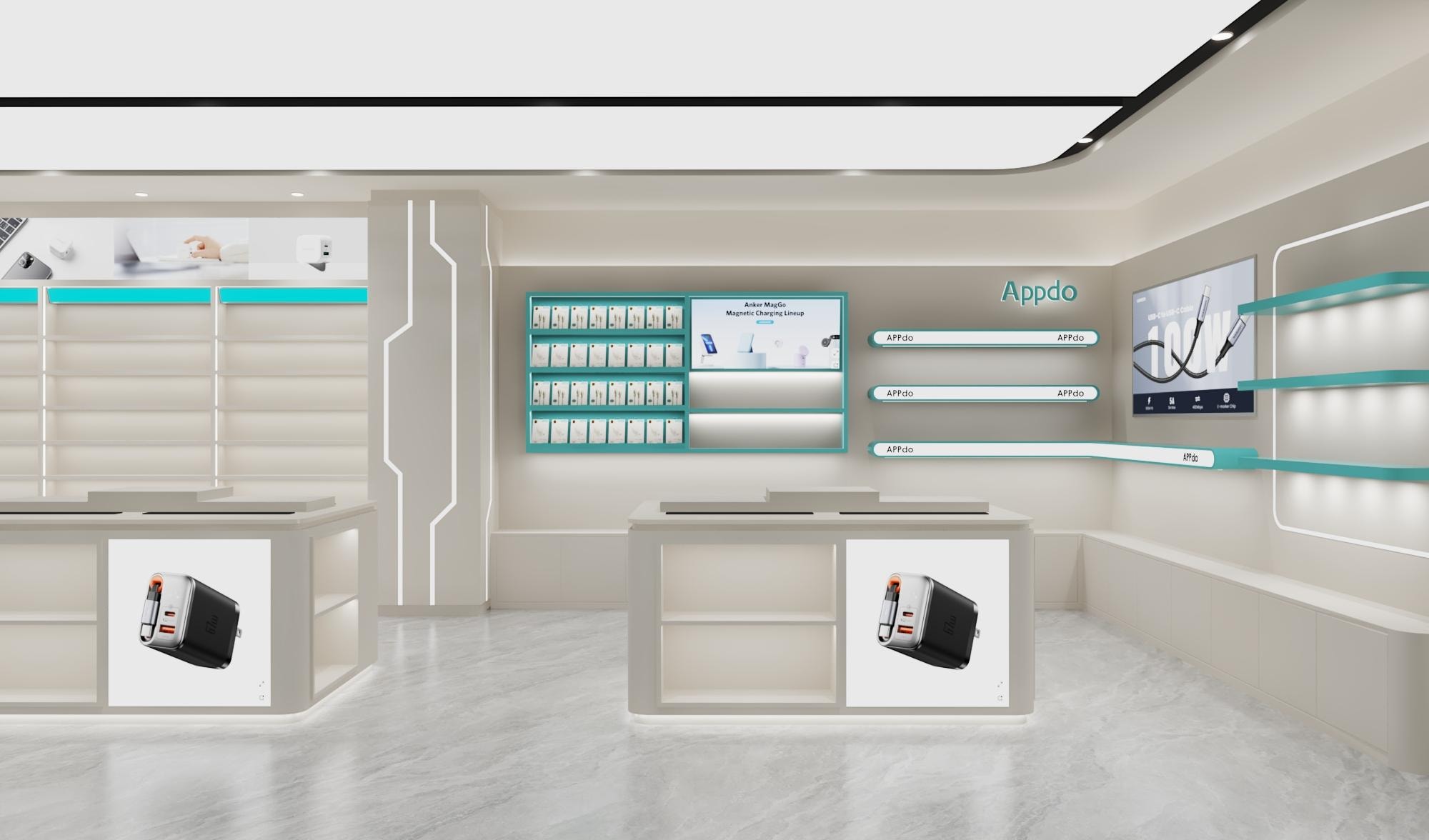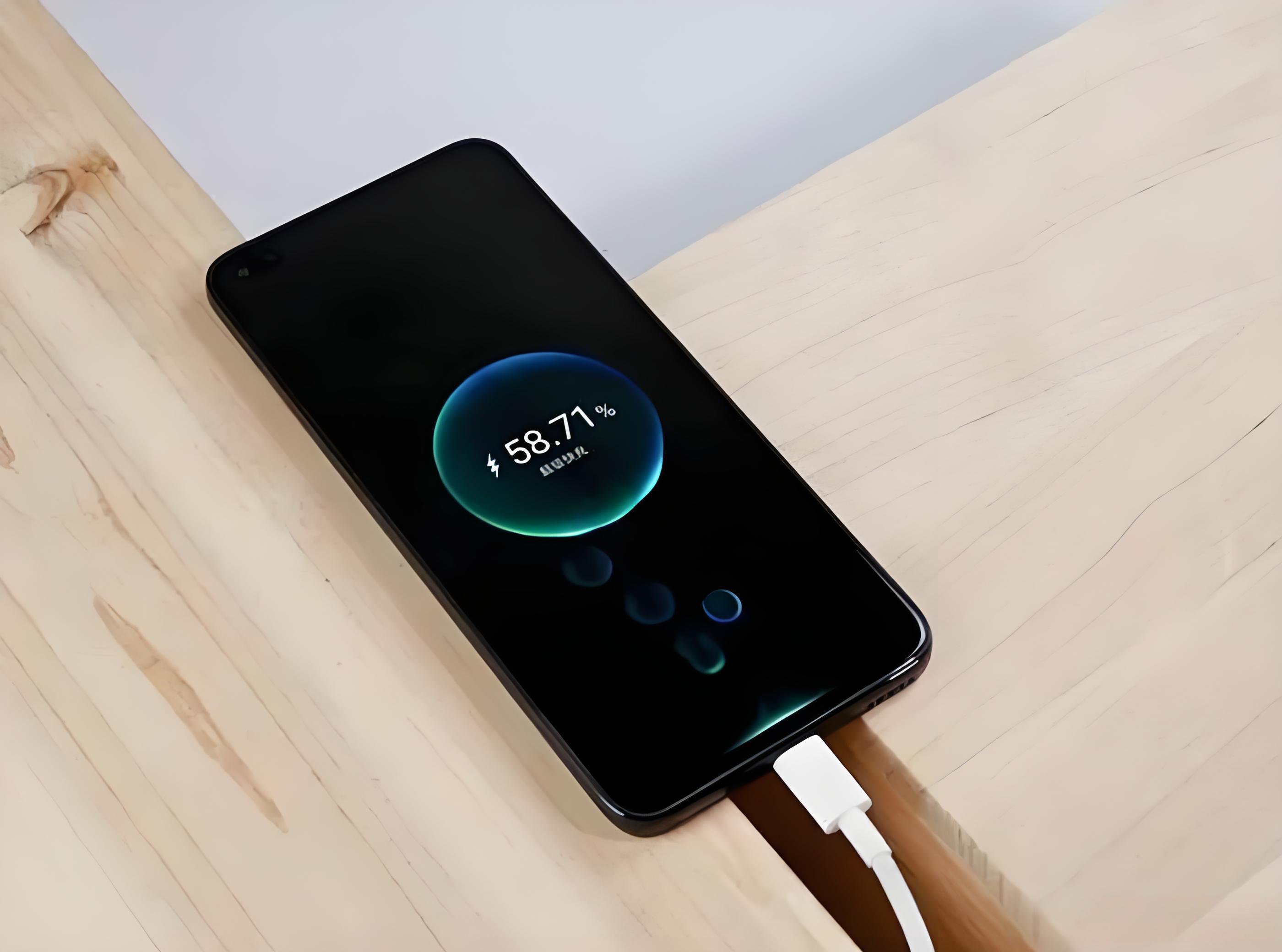
The Secret of USB Type-C Power Delivery: The Power of Bidirectional Charging and Smart Negotiation
Updated on September 17, 2025
Have you ever wondered why the latest laptops, smartphones, and even game consoles are increasingly adopting that small, oval-shaped port? This is USB Type-C, but more important than its physical design is its powerful power delivery capability. USB Type-C power delivery isn’t just about "charging"—it represents a fundamental revolution in the way devices connect and receive power. This article will take an in-depth look at what USB Type-C power delivery is, how it works, and why it matters.
Table of contents
- More Than "Reversible Plug": Rediscovering USB Type-C
- Limitations of Traditional USB Power Delivery: Why Was Change Needed?
- The Core of USB Type-C Power Delivery: USB Power Delivery (USB PD)
- Advantages and Benefits of USB Type-C Power Delivery
- Important Notes: How to Ensure a Complete USB Type-C Power Delivery Experience?
- Conclusion and Future Outlook

More Than "Reversible Plug": Rediscovering USB Type-C
First, it’s important to distinguish between USB Type-C and USB power delivery.USB Type-C is a physical interface specification that defines the shape, size, and number of pins in the connector. Its most significant user experience improvement is support for reversible plug orientation.
USB power delivery, on the other hand, is a protocol and functionality, often specifically referring to the USB Power Delivery (USB PD) protocol. It is this protocol that enables the USB Type-C interface to deliver high-wattage power transmission.
In simple terms, USB Type-C is the "hardware," while USB PD power delivery is the "software." Together, they form the powerful power delivery capability we know today.
Limitations of Traditional USB Power Delivery: Why Was Change Needed?
Before USB Type-C, standard USB ports (such as USB-A) had very limited power delivery capabilities:USB 2.0: Max 2.5W (5V/0.5A)
USB 3.0: Max 4.5W (5V/0.9A)
BC 1.2 (Battery Charging Protocol): Max 7.5W (5V/1.5A)
This level of power was slow even for charging smartphones and tablets, let alone powering energy-hungry laptops. This severely limited the potential of USB interfaces and how devices could interconnect.
The Core of USB Type-C Power Delivery: USB Power Delivery (USB PD)
USB Power Delivery is an intelligent, negotiable power delivery protocol and the soul of USB Type-C's power capability. It completely shatters the power limitations of traditional USB.Revolutionary Features of USB PD:
Ultra-High Power Output: The latest USB PD 3.1 protocol increases the maximum power from 100W (20V/5A) to an astounding 240W (48V/5A). This means it can charge not only ultra-thin laptops but also high-performance gaming laptops, workstations, and even some monitors.
Bidirectional Power Delivery: Connected devices can intelligently switch power directions. For example, you can use your laptop to charge your phone or use a power bank to charge your laptop, offering great flexibility.
Intelligent Voltage/Current Negotiation: Devices "communicate" upon connection to negotiate the optimal charging profile supported by both (e.g., 5V, 9V, 15V, 20V, 28V, 36V, 48V). This ensures efficient and safe charging, preventing damage due to incompatibility.
"All-in-One" Functionality: With USB4 or Thunderbolt technology, a single USB Type-C cable can simultaneously handle data transfer, video output, and power delivery. This means you can connect your laptop to a monitor with one cable while charging the laptop and transferring data, greatly simplifying desk setups.
Advantages and Benefits of USB Type-C Power Delivery
Universal Compatibility: One interface for all devices (smartphones, tablets, laptops, cameras, headphones, etc.), reducing cable clutter.Fast Charging: Significantly reduces charging time, enhancing user experience.
Slimmer Device Designs: Powerful power delivery allows laptops to ditch bulky proprietary power adapters, enabling thinner and lighter designs.
Simplified Life: Say goodbye to a pile of different chargers and cables, and move toward a "one cable for all" future.
Important Notes: How to Ensure a Complete USB Type-C Power Delivery Experience?
Not all USB Type-C ports support the USB PD protocol. When making purchases, keep the following in mind:Check Device Support: Review the specifications of your phone, laptop, or other devices to confirm support for the USB Power Delivery protocol.
Choose High-Quality Cables: USB Type-C cables that support high power (e.g., 60W, 100W, or 240W) have thicker internal wires and higher costs. Low-quality cables cannot support fast charging and may even damage devices. Look for cables with an e-mark chip to ensure quality.
Select a Matching Charger: The charger (power adapter) must support the USB PD protocol and provide the power required by the device. For example, charging a laptop is best done with a 65W or higher PD charger.
Conclusion and Future Outlook
USB Type-C power delivery (USB Power Delivery) is a groundbreaking technology that unifies charging and data transmission standards for electronic devices through a compact interface, delivering unprecedented power and flexibility.It is not only a technological advancement but also a giant leap in user experience. From smartphones to high-performance computing devices, USB Type-C power delivery is becoming an indispensable foundational technology, driving us toward a simpler, more efficient, and more interconnected digital future. The next time you use that small cable to fast-charge your laptop, you’ll experience the convenience brought by this quietly unfolding revolution.

